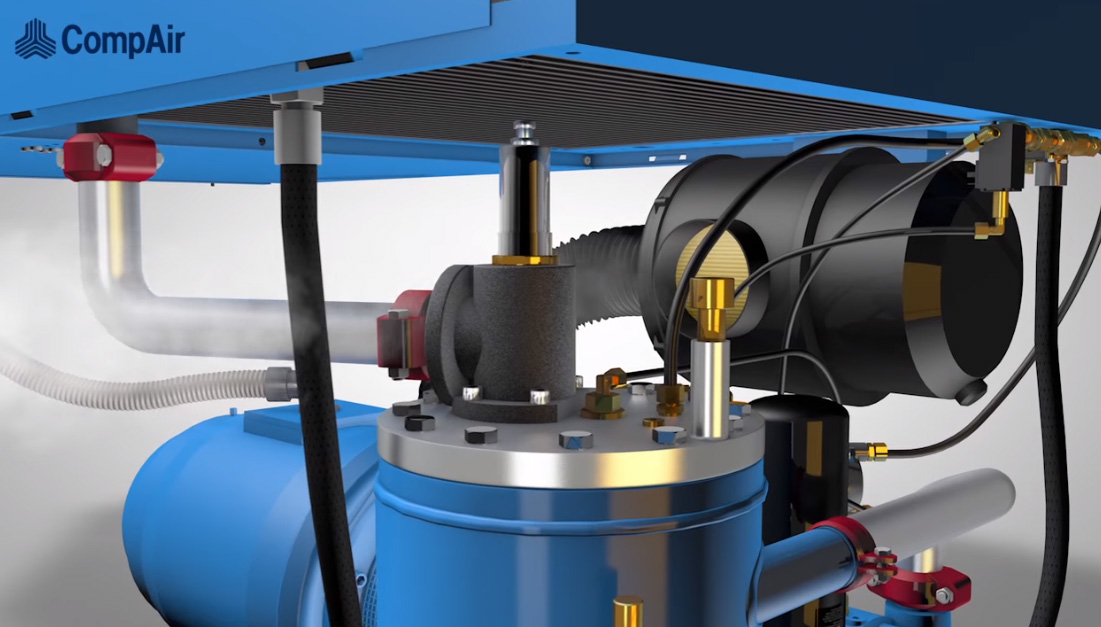
The air we breathe has countless particles of dust in every lungful. The good news is, our cilia, as well as mucous membranes, do a respectable job of maintaining these dust specs from getting into areas where they do us hurt. However, the pollutants in ambient air ended up being far more of a problem when that air is pressed. Rough solids, water vapor, and various other awful bits get squeezed with each other to develop masses that can obstruct lines, create shutoffs to malfunction, and cause unneeded wear on air compressor elements. Additionally, the air compressors can unleash oils themselves.
If you need any professional consultation, please click on fluid-aire dynamics.
- Inlet filter cartridges: The devices’ first line of protection, the air inlet filter grabs impurities as the air compressor absorbs outside air as well as forces it in a downward spiral with the intake component. The inlet filter takes out contaminants, as well as sends out the primarily clean air onto the actual compression component of the procedure. When the filter cleans up the air by latching onto dust as well as grime, the filter normally becomes dirty as well as grimy itself, making it less and less efficient. Cleaning the vents regularly, as well as mounting new filters per supplier recommendations makes the air compressor’s job simpler, improves energy efficiency, and does much of the heavy works for filtering stations additionally down the line. Inlet, as well as airline filters, need to be changed when their efficiency becomes endangered.
- Airline filters: Linked directly to air compressors and clothes dryers, these filters develop an integral part of the air-cleaning systems. Airline particle filters work as challenge courses, forcing the air with a collection of sharp turns as well as limited rooms. The solids left over from the airflow with the inlet filter isn’t active sufficient to work out all the obstacles, as well as contortions, at some point obtaining hung up in the filter’s fibers.
- Drain traps: As the air compressor’s aftercooler cools the air, oil, and water vapor condense right into a liquid. They must be left so they cannot re-contaminate the air stream. This essential, yet typically disregarded task, is the function of drain catches. Wetness separators gather the liquids as well as down payment them in the traps where they can be eliminated from the process. Scale, dirt, rust, as well as various other solids caught in the liquid, can condense and easily attach as well as create the drains pipes to become stuck.
- Oil filters: Some air compressor versions require the use of an oil filter, in addition to the interior oil strainer, to remove calcium, steel filings, as well as various other impurities so they don’t get deposited where they can create chaos. These filters can easily last 6 months or more under modest conditions but need to be changed every year or after every 1,000 hours of the procedure, whichever comes first, in common industrial applications. Cleaning the separators together with each oil filter modification.
